Volunteers are the heart of Rally's mission!
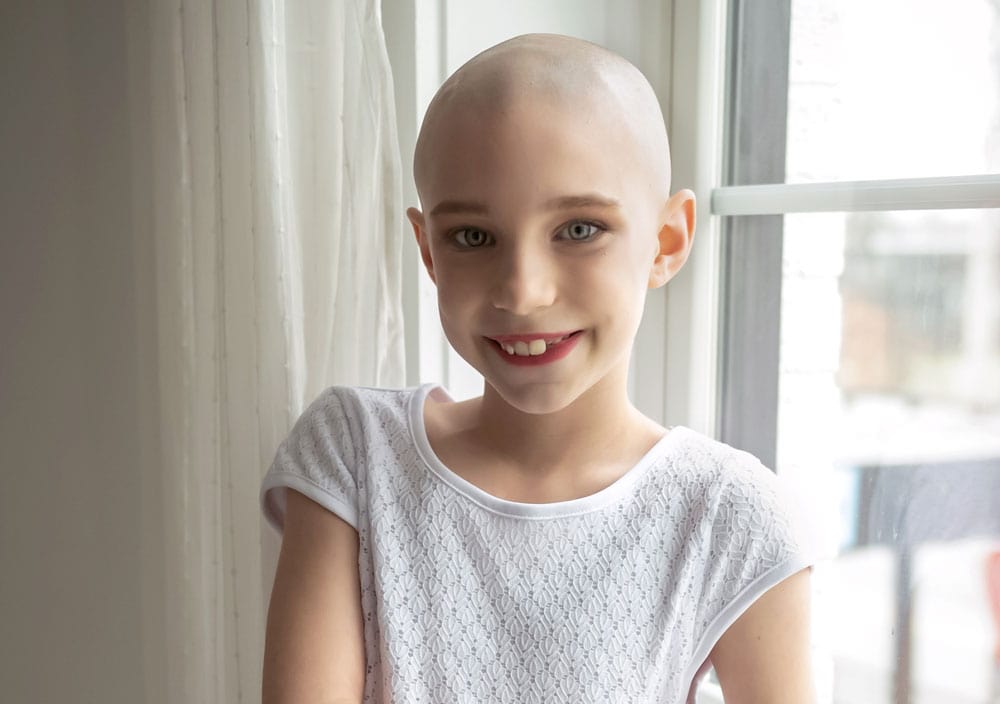
Rally Kid Dakota was diagnosed with an inoperable pilocytic astrocytoma of the thalamus at age 8.
An astrocytoma is a brain tumor that begins in astrocytes—a type of glial cell that supports nerve cells in the brain. Astrocytomas can be benign or malignant and typically occur in the brainstem, cerebellum, cerebrum, hypothalamus or optic nerves.
Tumors that start in glial cells are called gliomas and are named for the specific kind of glial cell in which they originate: astrocytes, oligodendrocytes or ependymocytes. Astrocytomas are the most common form of gliomas found in children—accounting for nearly half of all pediatric brain and spinal cord tumors.
Like all gliomas, astrocytomas are divided into four grades based on factors including the rate of tumor growth, level of cell abnormality and effects on surrounding healthy tissue.
Low-grade astrocytomas (grades I and II) are often localized to one area and typically behave less aggressively. While considered benign, these tumors can cause significant disabilities and can even be life-threatening when they are located in an inoperable part of the brain. They may also start to grow faster over time. Examples of low-grade astrocytomas include pilocytic astrocytomas, pilomyxoid astrocytomas, diffuse astrocytomas, pleomorphic xanthoastrocytomas and optic gliomas.
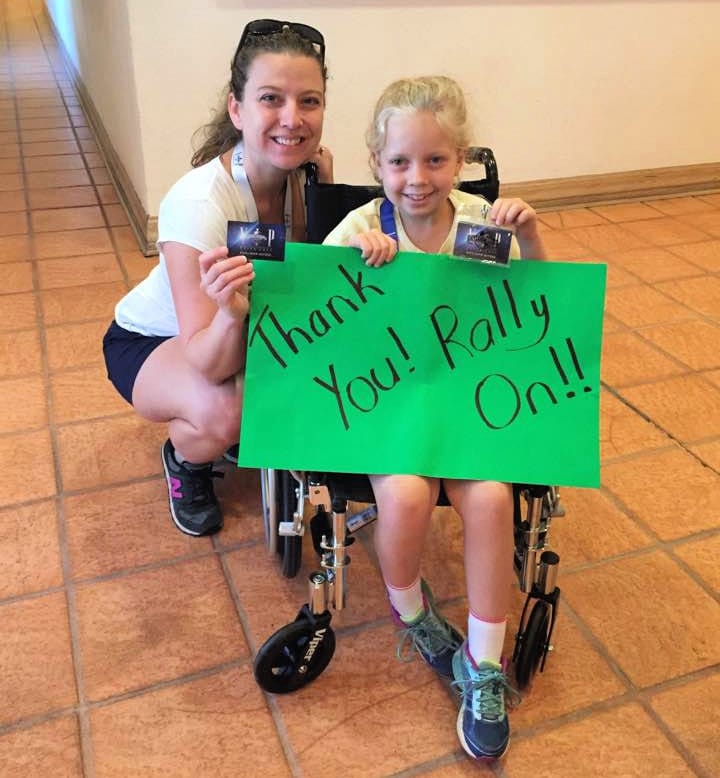
Rally Kid Grace has fought a low-grade astrocytoma called an optic glioma since she was 6. Though her tumor is inoperable, it is now stable after many years of treatment.
High-grade astrocytomas are aggressive and typically invade surrounding normal brain tissue, which makes them difficult to completely remove by surgery. Also, they are more likely to spread into different parts of the brain or the cerebrospinal fluid (CSF). High-grade astrocytomas like anaplastic astrocytomas (grade III) and glioblastomas (grade IV) require immediate and intensive treatment.
Astrocytomas can occur at any age, but they are more likely to be low-grade in children. In adults, however, high-grade astrocytomas are more common.
For more information on high-grade astrocytomas in children, check out our “What is a glioma” blog.
ASTROCYTOMA SIGNS AND SYMPTOMS
Similar to other brain cancers, astrocytoma symptoms vary based on the child’s age and the tumor size and location. As the tumor grows, it can start to press on other areas of the brain and impede normal functions, causing symptoms. This is normally when the tumor is discovered. Symptoms may appear rapidly if the tumor blocks the flow of CSF.
Common symptoms for all grades of astrocytomas include:
These symptoms do not always indicate a brain tumor and are usually caused by something less serious. However, it is important to discuss any symptoms with your child’s doctor, since they may signify other health concerns.
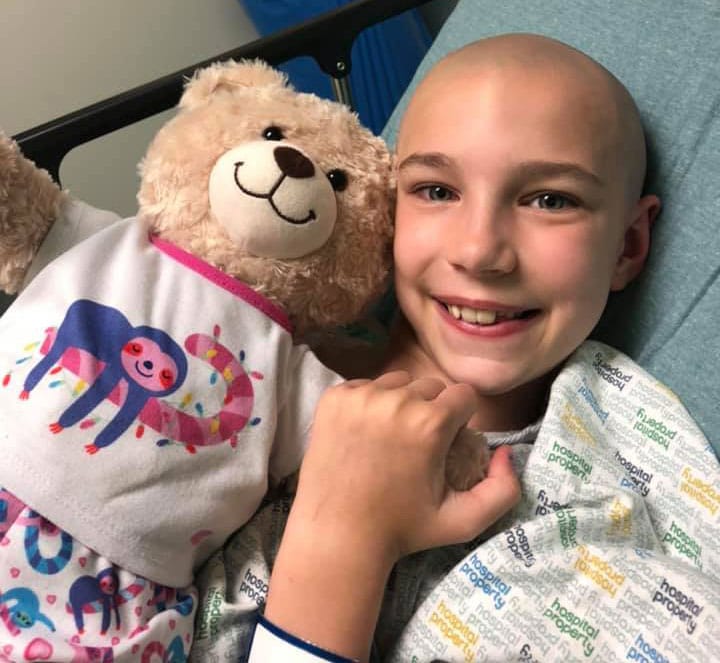
Rally Kid Dakota’s symptoms began with blurry and double vision. Since surgical tumor removal was not an option, Dakota went through more than a year of chemotherapy.
ASTROCYTOMA DIAGNOSIS, TREATMENT AND PROGNOSIS
Astrocytomas are often first identified on a CT scan or MRI, but surgery is required to confirm the diagnosis. Maximum safe surgical removal of the tumor is typically the initial treatment. A biopsy may be taken in situations where the tumor cannot be safely removed. The tumor tissue is examined by a neuropathologist, who determines the tumor type and grade.
Grade I tumors like pilocytic astrocytomas are often remedied with surgery alone and have cure rates over 90%. In these cases, children may experience issues with balance, strength or coordination, but the overall prognosis is very good. Pilocytic astrocytomas represent about 20% of brain tumors in children.
Grade II tumors like pilomyxoid astrocytomas and fibrillary astrocytomas are initially treated with surgery alone, but may recur and require chemotherapy—increasing the risk of treatment complications and long-term side effects.
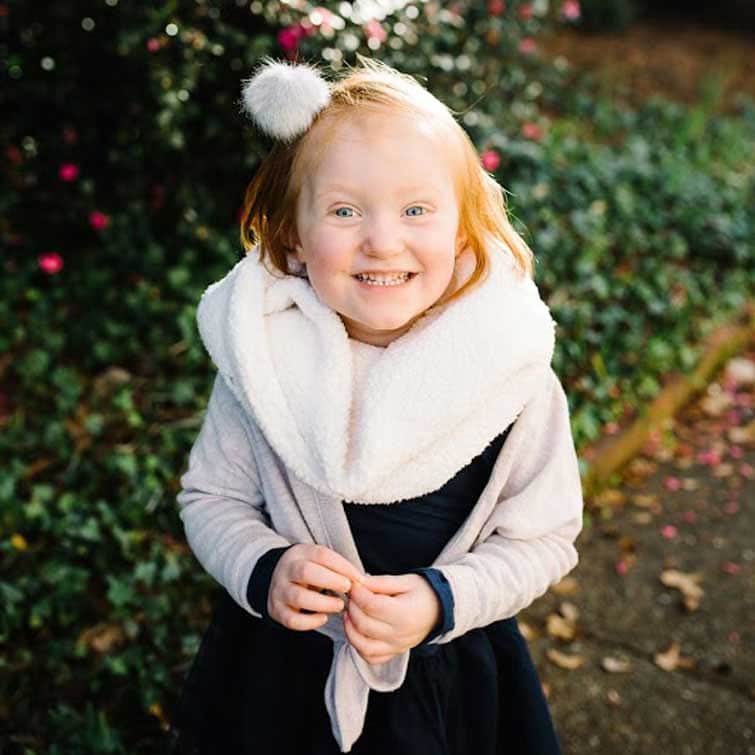
Rally Kid Lily was diagnosed with a pilomyxoid astrocytoma in the hypothalamic region. The cancer spread into other areas of Lily’s brain as well as her spinal cord, requiring multiple rounds of chemotherapy.
Unfortunately, some astrocytomas, especially high-grade tumors, may only be intermittently responsive to treatment. This is one of the greatest challenges when treating astrocytomas, according to Rally-funded Researcher Dr. Elias Sayour, MD, PhD, Assistant Professor of Neurosurgery and Pediatrics at University of Florida.
ASTROCYTOMA RESEARCH
Dr. Sayour shared that recent advancements in molecular diagnosis have helped tailor treatments to specific groups of pediatric astrocytoma patients. However, he went on to say that the standard protocol for treating astrocytomas remains ‘’largely confined to surgery, radiation and chemotherapy.”
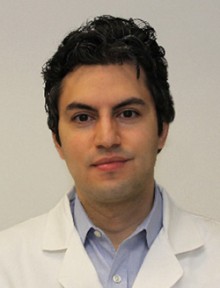
Dr. Sayour was inspired to study brain tumors and develop safer treatments after losing a close family member to a high-grade astrocytoma known as a glioblastoma.
Finding better, safer ways to treat all grades of astrocytomas—without lasting side effects—is vitally important. Research is the key.
Rally Foundation is funding some of the most innovative and cutting-edge brain tumor research aimed at finding better treatments with fewer long-term side effects and, ultimately, cures. Give in honor of kids like Dakota, Grace and Lily. Make a donation today.
“If we hope and fight as hard as these incredible and courageous children do every day, as family members, physicians, scientists and entire communities, we will defeat this disease.” —Dr. Elias Sayour
*Author’s Note: An astrocytoma is a type of glioma, but sometimes the two terms are used interchangeably. All astroctyomas are a form of glioma; however, not all gliomas are astrocytomas. Gliomas are named for the specific type of glial cell in which they originate. Astroctyes are just one example of a glial cell, and astrocytomas are just one example of a glioma.
0 Comments